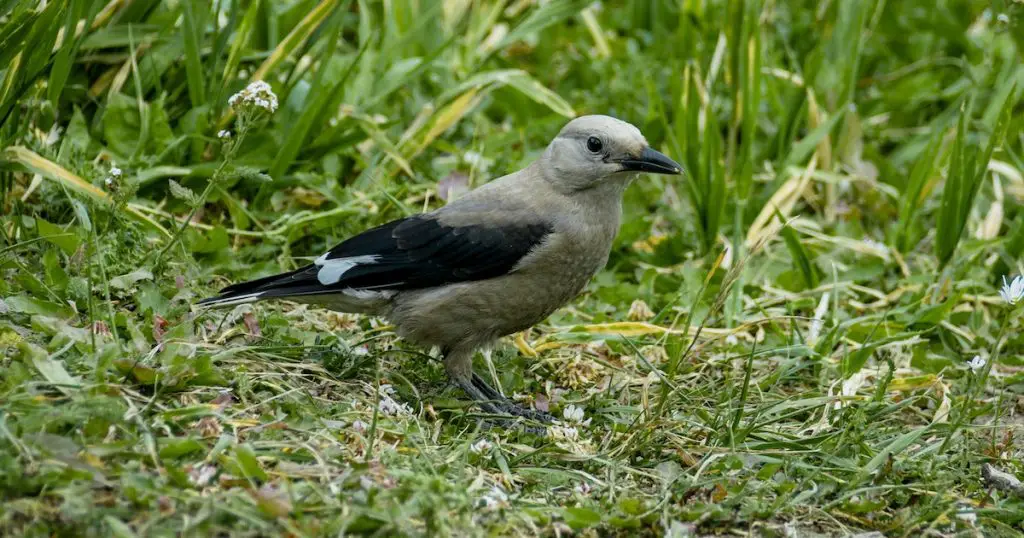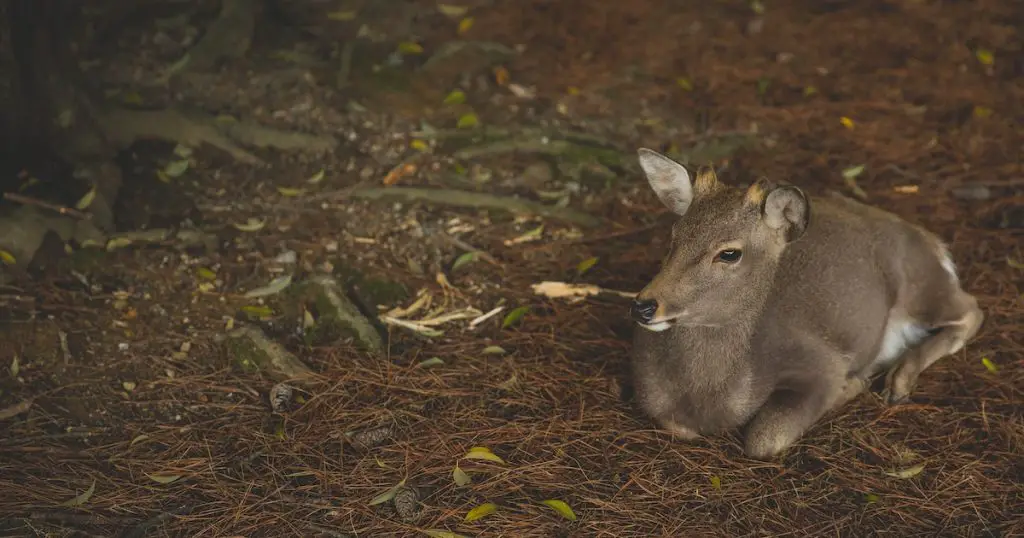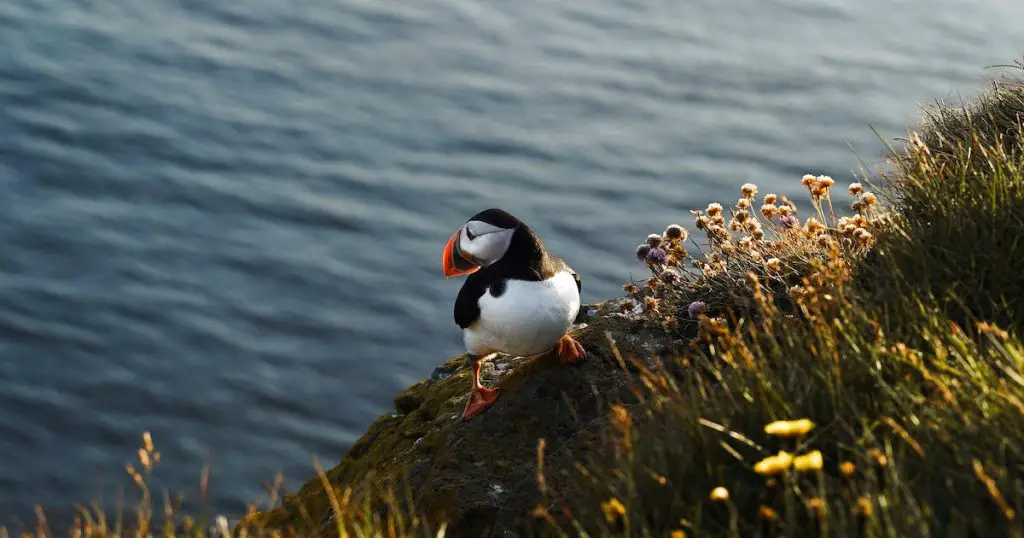Nestled in the heart of Arizona, Prescott is not just a historical gem but also a haven of biodiversity. The fauna of Prescott is as varied as its landscape, each species playing a crucial role in maintaining the delicate balance of the local ecosystem.

This article delves deep into the intricate relationships and profound impacts these animals have on their surroundings.
The Furry Guardians of Prescott
Prescott’s meadows, forests, and hillsides are the realms of its warm-blooded mammals. From elusive bobcats to industrious beavers, these furry guardians embody the pulse of the land.
Their activities, whether it’s grazing, burrowing, or hunting, significantly shape the environment. By forging pathways, dispersing seeds, or controlling prey populations, mammals ensure that Prescott’s natural tapestry remains dynamic and thriving.
The Role of Herbivores in Shaping the Landscape
Herbivores, such as deer and rabbits, have a direct influence on vegetation. By foraging, they not only control the plant population but also facilitate soil aeration, aiding in nutrient cycling.
Additionally, their droppings serve as a natural fertilizer, enriching the soil for future plant growth. Dive deeper into the world of herbivores with insights from the Mammal Society.
Balancing the Scales of Nature
Predators, like the coyote or bobcat, have a different yet equally vital role. They manage the population of smaller animals, ensuring that no single species dominates.
This balance is crucial for biodiversity, preventing overgrazing and ensuring varied species can coexist. The Predator Ecology Lab provides further understanding of these apex species and their indispensable roles.
The Winged Wonders of Prescott
Soaring above Prescott’s varied landscapes are its avian residents, a delightful symphony of colors, calls, and flight patterns. These winged wonders, from the majestic hawks to the chirpy sparrows, contribute richly to the area’s biodiversity.

Acting as pollinators, seed dispersers, and natural pest controllers, birds not only grace the skies but also ensure the vibrancy and balance of the region’s ecosystems.
Nature’s Gardeners
Many birds feed on fruits, and in the process, they help in seed dispersal. Species like the Cedar Waxwing consume berries and disperse the seeds across distances, aiding in plant proliferation.
Birds also play a role in pollination, assisting in the reproductive processes of certain plants. The Cornell Lab of Ornithology offers a plethora of knowledge on birds and their ecological services.
The Aerial Regulators
Raptors such as hawks, eagles, and owls keep a check on rodent and insect populations. Their keen eyesight and adept hunting skills make them top-tier predators, playing a pivotal role in maintaining ecological stability.
For those interested in diving deeper into the world of raptors, the Raptor Research Foundation is an excellent resource.
Cold-Blooded Equilibrators
Prescott’s rocky terrains and moist hideaways are home to an array of reptiles and amphibians. These cold-blooded creatures, from slithering snakes to melodious frogs, play a pivotal role in maintaining ecological balance.
Acting as both predators and prey, they help regulate populations, ensuring that the local ecosystem remains harmonious and robust.
More than Just Desert Dwellers
Gopher snakes, for instance, play a crucial role in controlling rodent populations.
Simultaneously, the various lizards help in regulating insect populations, ensuring that no particular group becomes overwhelmingly dominant. Their role is further explored in sources like Reptile Magazine.
Indicators of Environmental Health
Frogs and toads, with their permeable skins, are sensitive to environmental changes. Their presence or absence can serve as indicators of the health of freshwater ecosystems.
AmphibiaWeb provides a comprehensive overview of these remarkable creatures and their significance.
Insects: The Tiny Titans of Prescott’s Ecosystem
In the vast landscapes of Prescott, it’s the smallest residents that often make the biggest impact. Insects, with their sheer numbers and diversity, drive many ecological processes, from pollination to decomposition.
These tiny titans, whether they flutter, crawl, or burrow, play monumental roles in ensuring the health and vitality of the region’s ecosystems, proving that size isn’t always indicative of significance.
Pollinators: The Unsung Heroes of Biodiversity
Bees, butterflies, and certain beetles are vital for plant reproduction. As they move from flower to flower in search of nectar, they transfer pollen, facilitating the birth of new plants.
Their role is crucial for the survival of many plant species and, subsequently, for the animals that rely on those plants for sustenance. The importance of pollinators is thoroughly documented by the Pollinator Partnership.
Nature’s Cleanup Crew
Ants, beetles, and other insects contribute to decomposition by breaking down organic matter, from fallen leaves to animal carcasses.
This process recycles nutrients back into the soil, making them available for plants. For a deep dive into the world of decomposers, the Entomological Society of America provides a wealth of information.
The Underwater Stewards of Prescott

Prescott’s shimmering lakes and meandering streams are teeming with life, offering a rich tableau of aquatic biodiversity. From the darting fish to the industrious crustaceans, each organism plays a role in sustaining the delicate aquatic balance.
These water inhabitants not only keep freshwater ecosystems thriving but also serve as indicators of water health, making them invaluable stewards of Prescott’s aquatic realms.
Freshwater Fish and their Ecosystem Contributions
Fish, such as the indigenous Rainbow Trout, regulate populations of smaller aquatic beings, ensuring a balanced ecosystem.
Moreover, fish play a part in nutrient cycling as they feed and excrete, benefiting the entire aquatic food web. Comprehensive insights into the roles of freshwater fish can be found on FishBase.
Crustaceans and Their Role in Water Quality
From crayfish to water fleas, these tiny beings help maintain pristine water quality. They feed on algae and organic debris, preventing overgrowth and potential water body eutrophication.
The intricacies of freshwater crustaceans’ lives are presented by the Freshwater Crustacean Society.
Flora’s Interplay with Fauna
Prescott’s verdant landscapes are more than just a visual treat; they represent an intricate dance of life between plants and animals. The region’s flora, from towering pines to delicate wildflowers, forms the very foundation upon which the diverse fauna thrives.
This symbiotic relationship sees plants offering nourishment and shelter, while animals aid in pollination and seed dispersion. It’s a testament to nature’s delicate yet dynamic balance that has been refined over millennia.
Plants as Habitats and Nourishment
Trees, shrubs, and undergrowth plants serve as habitats for countless animals. They provide food in the form of fruits, leaves, and nectar.
Birds, mammals, and insects all rely on plants for sustenance, forming a symbiotic relationship that has evolved over millennia. The Botanical Society of America beautifully elucidates this intricate relationship.
Defense Mechanisms and The Evolutionary Dance
To fend off herbivores, plants have developed strategies ranging from thorns to toxins. This ever-adapting dynamic between flora and fauna is a testament to nature’s balance.

Dive deeper into the world of plant defenses with Plant Defense Mechanisms.
FAQ:
In this section, we will be delving into some of the most common inquiries and curiosities that surround our topic.
What makes Prescott’s fauna unique compared to other regions?
Prescott’s unique topography, climate, and history have given rise to a distinct blend of species, some of which are endemic to the region.
How does climate change impact the fauna of Prescott?
Changing temperatures and weather patterns can disrupt the migration, breeding, and feeding habits of various species, potentially leading to a shift in the ecosystem’s balance.
Are there conservation initiatives in place for Prescott’s fauna?
Yes, numerous local organizations and government agencies are working tirelessly to ensure the protection and conservation of Prescott’s rich biodiversity.
Conclusion: Impact of Prescott’s Fauna on Local Ecosystem
The fauna of Prescott, with its myriad species and roles, is an emblem of nature’s beauty and balance. Each creature, irrespective of size or visibility, weaves into the intricate tapestry of the local ecosystem.
As we navigate the challenges of a changing world, understanding and valuing this delicate balance becomes ever more crucial. Through appreciation, knowledge, and action, we can ensure that Prescott remains a vibrant ode to nature’s wonders.



Leave a Comment
You must be logged in to post a comment.